I never expected *Doom: The Dark Ages* to evoke memories of *Halo 3*. Yet, midway through a recent hands-on demo with id Software’s gothic prequel, I found myself mounted on the back of a cyborg dragon, unleashing a barrage of machinegun fire across the side of a demonic battle barge. With its turrets neutralized, I landed my beast atop the ship and charged through its lower decks, turning every demon aboard into a splatter of crimson goo. Moments later, I burst through the hull and leapt back onto my dragon mid-air, continuing my relentless crusade against Hell’s forces.
Anyone familiar with Bungie’s iconic Xbox 360 shooter will recognize the structure of Master Chief’s assault on Covenant Scarab tanks. While the Hornet has been replaced by a dragon and the laser-firing mech by an occult airship, the essence of the experience remains: a thrilling aerial attack that transitions into an intense boarding sequence. Surprisingly, this wasn’t the only moment in the demo that echoed *Halo*. Though *The Dark Ages* retains the signature fast-paced, aggressive combat that defines *Doom*, its campaign design carries a distinctly “late-2000s shooter” flair—complete with dramatic cutscenes and gameplay variety reminiscent of that era's blockbuster FPS titles.
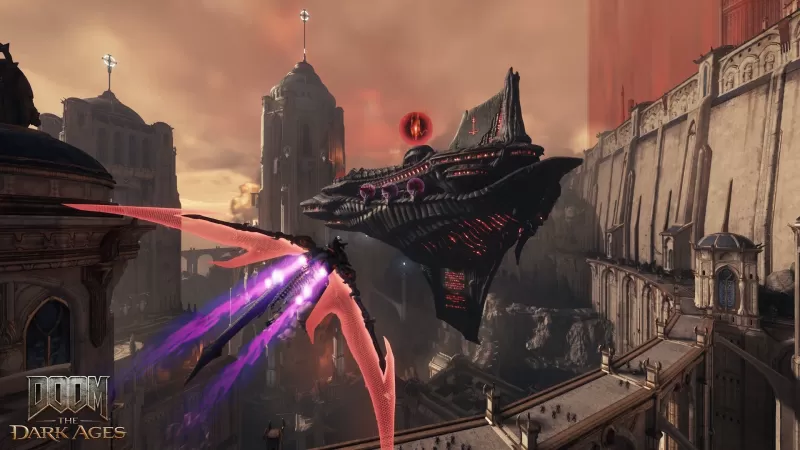
Over two and a half hours, I played through four levels of *Doom: The Dark Ages*. The first level, the campaign’s opening mission, felt true to the tight pacing and immaculate design of *Doom (2016)* and *Eternal*. But the following missions diverged significantly: I piloted a massive mech, soared through the skies on a cybernetic dragon, and explored expansive battlefields filled with secrets and minibosses. This marks a notable shift from *Doom’s* usual focus on pure mechanical intensity toward more cinematic, setpiece-driven gameplay akin to *Halo*, *Call of Duty*, and even classic *James Bond* shooters like *Nightfire*.
This evolution is fascinating, especially considering *Doom’s* history. The canceled *Doom 4* was originally designed to resemble *Call of Duty*, complete with modern military aesthetics, scripted events, and heavy narrative emphasis. After years of development, id Software concluded it didn’t fit the series’ identity and reworked the concept into the focused, combat-first reboot of 2016. And yet, here we are in 2025, witnessing the return of many of those once-discarded ideas—but now refined and reimagined under the *Doom* banner.
The campaign begins with a lengthy, cinematic prologue reintroducing Argent D'Nur, the Maykrs, and the Night Sentinels—the Slayer’s ancient knightly allies. While longtime fans may appreciate the lore, the storytelling approach feels new and very much in line with *Halo’s* grand cinematic style. NPC allies are scattered throughout environments like UNSC Marines, giving the impression that you’re leading an army rather than operating alone—an unusual but intriguing shift for *Doom*.
While some may question whether *Doom* needs this level of character storytelling, the cutscenes do serve their purpose: setting up missions without disrupting the game’s breakneck pace. They’re used sparingly and don’t interrupt the flow of action—a smart balance between narrative depth and adrenaline-fueled gameplay.
However, gameplay shifts dramatically after the opening level. Following a brutal showdown with Hell Knights and a successful parry using the Slayer’s new shield, I transitioned into the cockpit of a towering Atlan mech to battle demonic kaiju. Then came the high-speed dragon flight sequence, where I zipped through the sky taking down enemy barges and targeting gun emplacements. These tightly scripted sequences offer a stark contrast to traditional *Doom* gameplay—feeling almost on-rails at times, and lacking the same mechanical richness as the core combat loop.
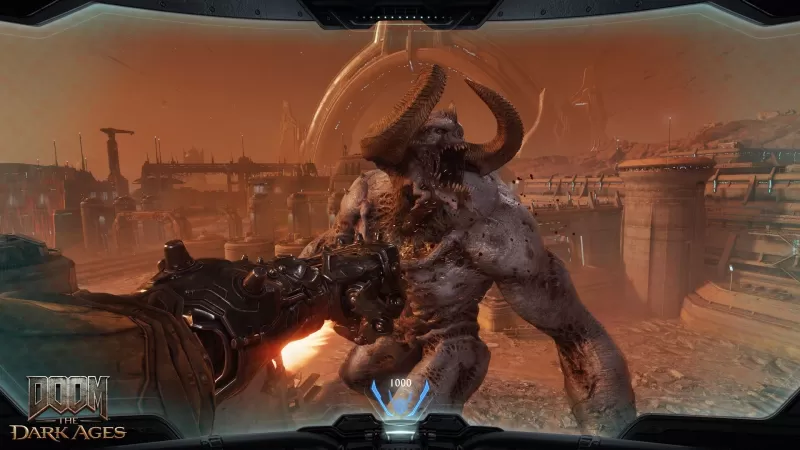
Many of the best FPS campaigns thrive on such variety—*Half-Life 2*, *Titanfall 2*, and *Halo* have long proven that mixing vehicular segments with on-foot action can elevate a shooter’s pacing and immersion. However, the difference in mechanical complexity between *Doom’s* standard gameplay and these scripted sequences is jarring. Unlike *Call of Duty*, where vehicle sections feel closer in tone and control to regular missions, *The Dark Ages* creates a noticeable disconnect. It’s like swapping a virtuoso solo performance for a basic cover act—still entertaining, but clearly less engaging.
In one of the final levels I played—titled “Siege”—the focus returns to id’s signature gunplay, but now within a sprawling open battlefield. This level opens up *Doom’s* typically confined level design, offering multiple pathways and dynamic combat zones. Destroying five Gore Portals gives off *Call of Duty*-style multi-objective freedom, though again, the comparison to *Halo* is unavoidable. The scale of the map and the shifting terrain demand a rethinking of weapon ranges, movement tactics, and the effective use of your charge and shield mechanics.
That said, larger spaces come with trade-offs. I found myself backtracking through empty corridors, which slowed down the otherwise relentless pace. Introducing the dragon as a persistent traversal option—akin to a *Banshee*—could help maintain momentum across such vast environments. Whether such a feature exists beyond what I played remains to be seen, but its potential integration could enhance the overall experience significantly.
Ultimately, much of what’s shown in *The Dark Ages* echoes the scrapped concepts of *Doom 4*: scripted sequences, cinematic storytelling, and a broader cast of characters. Yet now, these ideas feel more mature—recontextualized and better integrated into the modern *Doom* formula. While some fans may still prefer a stripped-back, story-light approach, there’s something undeniably exciting about seeing id Software revisit and refine old ideas rather than discard them entirely.
The heart of *The Dark Ages* remains its blistering, skill-based combat—one of the most refined and exhilarating experiences in modern gaming. Everything else seems to orbit around that core, offering moments of respite, spectacle, or exploration. Whether those additions enhance or dilute the experience will depend on how well they’re balanced in the final product. For now, I’m left eager to see how these demo fragments coalesce into a full campaign when the game launches on May 15th. Is *Doom: The Dark Ages* a bold evolution or a messy throwback? Only time will tell.













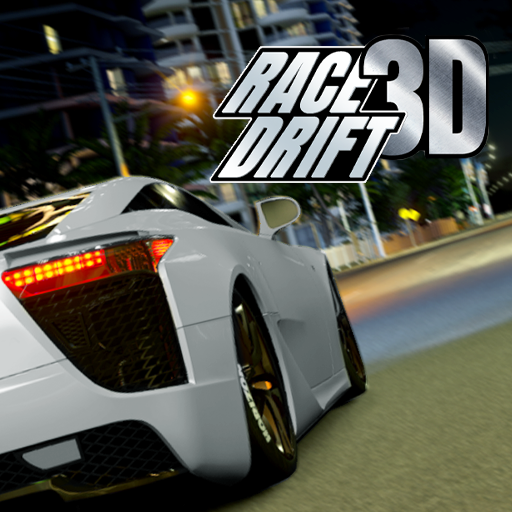

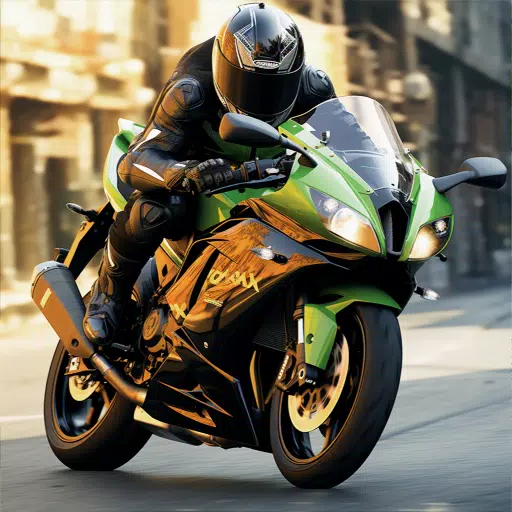
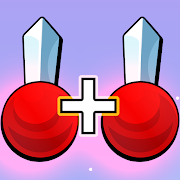




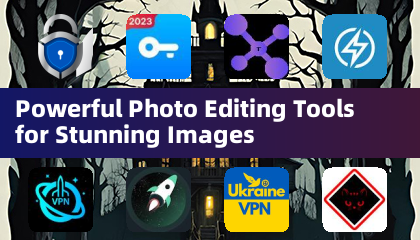
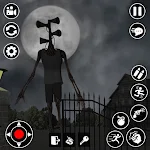


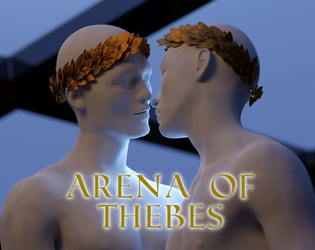
![City Devil: Restart [v0.2]](https://img.icssh.com/uploads/38/1719554737667e52b102f12.jpg)


